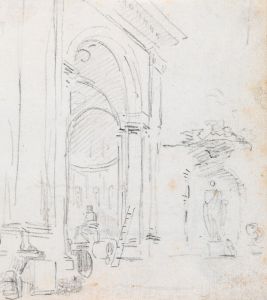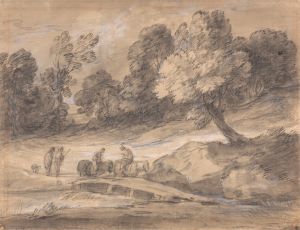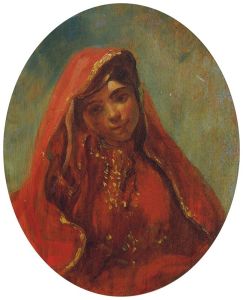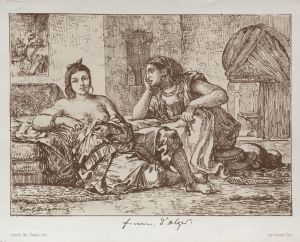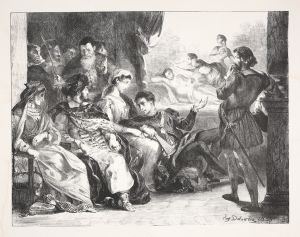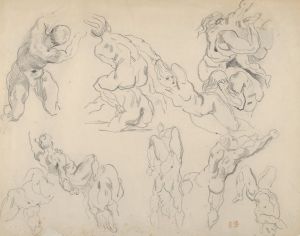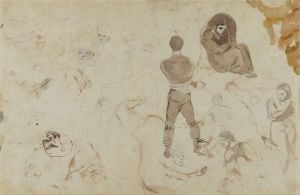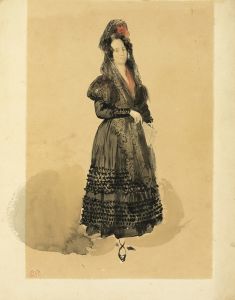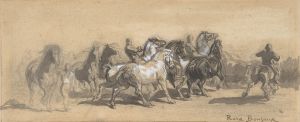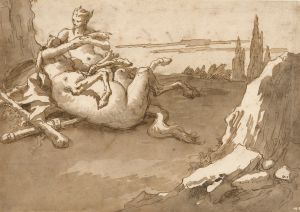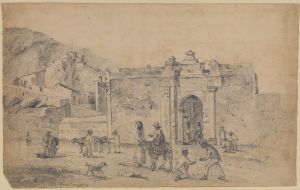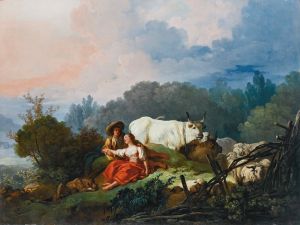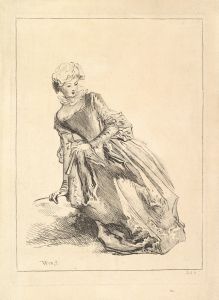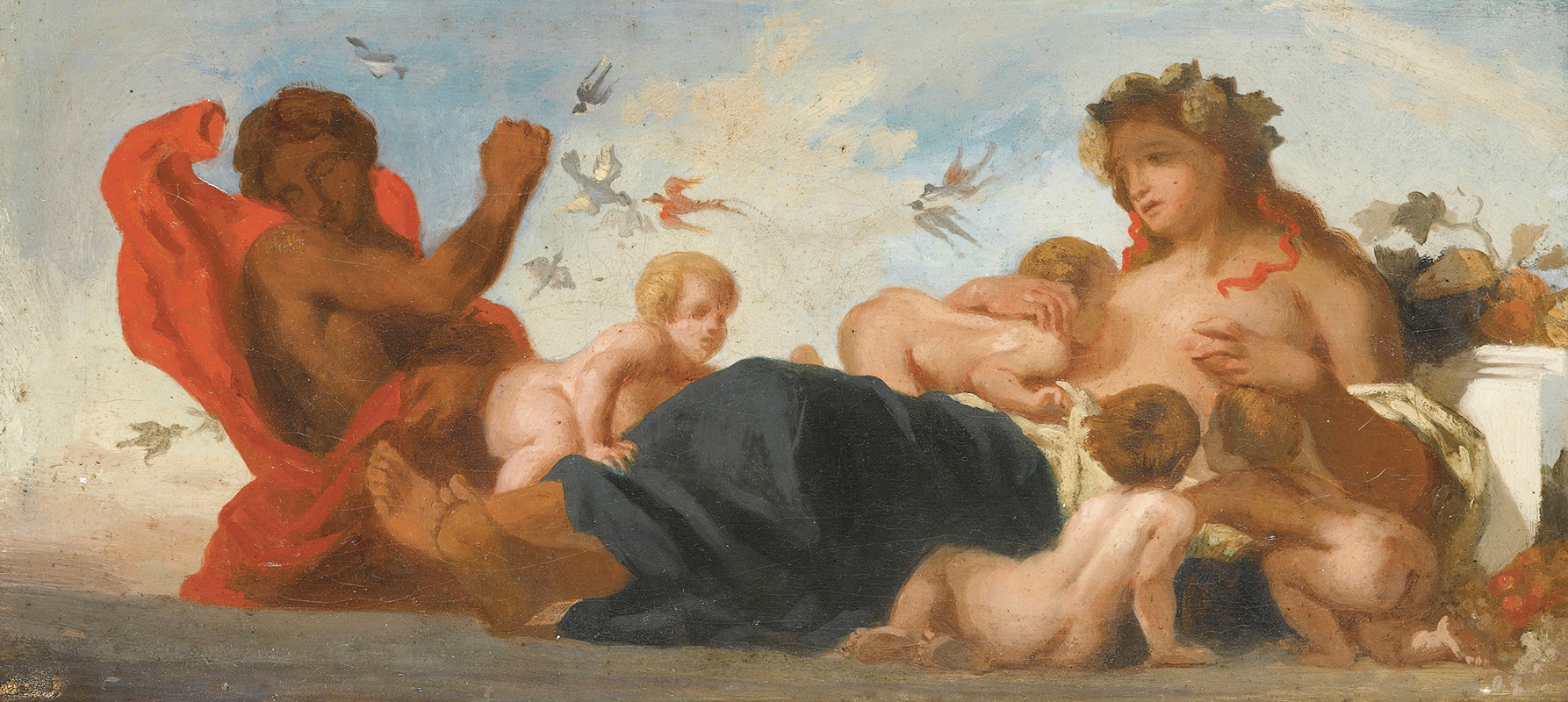
Study For L’agriculture
A hand-painted replica of Eugène Delacroix’s masterpiece Study For L’agriculture, meticulously crafted by professional artists to capture the true essence of the original. Each piece is created with museum-quality canvas and rare mineral pigments, carefully painted by experienced artists with delicate brushstrokes and rich, layered colors to perfectly recreate the texture of the original artwork. Unlike machine-printed reproductions, this hand-painted version brings the painting to life, infused with the artist’s emotions and skill in every stroke. Whether for personal collection or home decoration, it instantly elevates the artistic atmosphere of any space.
"Study For L’agriculture" is a painting by the renowned French artist Eugène Delacroix. Delacroix, born on April 26, 1798, and passing away on August 13, 1863, is often regarded as a leading figure of the French Romantic school. His work is characterized by its expressive brushstrokes, rich color palette, and dramatic compositions.
"Study For L’agriculture" is a preparatory work, which means it was created as a preliminary study or sketch for a larger, more finished piece. Delacroix often produced such studies to explore composition, color, and form before committing to the final version of a painting. These studies provide valuable insights into his creative process and artistic techniques.
The subject matter of "Study For L’agriculture" reflects Delacroix's interest in rural life and agricultural themes, which were common in 19th-century art. This interest was part of a broader Romantic fascination with nature and the pastoral, as well as a reaction against the industrialization and urbanization of the time. Delacroix's depiction of agricultural scenes often emphasizes the harmony between humans and nature, as well as the dignity and labor of rural workers.
In "Study For L’agriculture," Delacroix employs his characteristic dynamic brushwork and vibrant colors to bring the scene to life. The composition likely includes figures engaged in farming activities, set against a backdrop of the natural landscape. Delacroix's ability to capture movement and emotion in his figures is evident in this study, as is his keen observation of light and atmosphere.
Delacroix's influence on the art world extends beyond his own time, impacting later movements such as Impressionism and Symbolism. His innovative use of color and expressive technique inspired many artists who followed, including Vincent van Gogh and Paul Cézanne. Delacroix's works continue to be studied and admired for their technical mastery and emotional depth.
"Study For L’agriculture" is an example of Delacroix's preparatory work that offers a glimpse into his artistic process and thematic interests. While the final version of the painting may be more polished, the study itself holds significant value for understanding Delacroix's approach to composition and his exploration of rural themes.
Overall, "Study For L’agriculture" is a testament to Eugène Delacroix's skill as a painter and his contribution to the Romantic movement in art. His ability to convey the beauty and complexity of rural life through his dynamic and expressive style remains influential and celebrated in the history of art.





